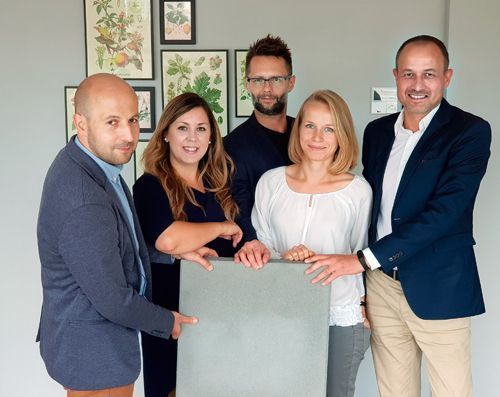The air quality indexes in Warsaw and the largest Polish cities all confirm that the concentration of harmful substances in the air in these locations exceeds acceptable standards. Most of these cities are attempting to deal with this phenomenon by introducing restrictions on vehicular traffic (e.g. paid parking zones and even prohibiting entry to the city centre), improving public transport and promoting cycling. In the real estate sector, the environmental trend, as exemplified by the growing popularity of green certificates, has encouraged developers to use materials and systems that help to reduce the negative impact of their activities on the natural environment. But it turns out that you can go even further – buildings can actually improve the nature around them.
A really green idea
At the Rondo Daszyńskiego roundabout in Warsaw, Skanska is developing the Generation Park office complex, which the company hopes will become a new green point on the































































